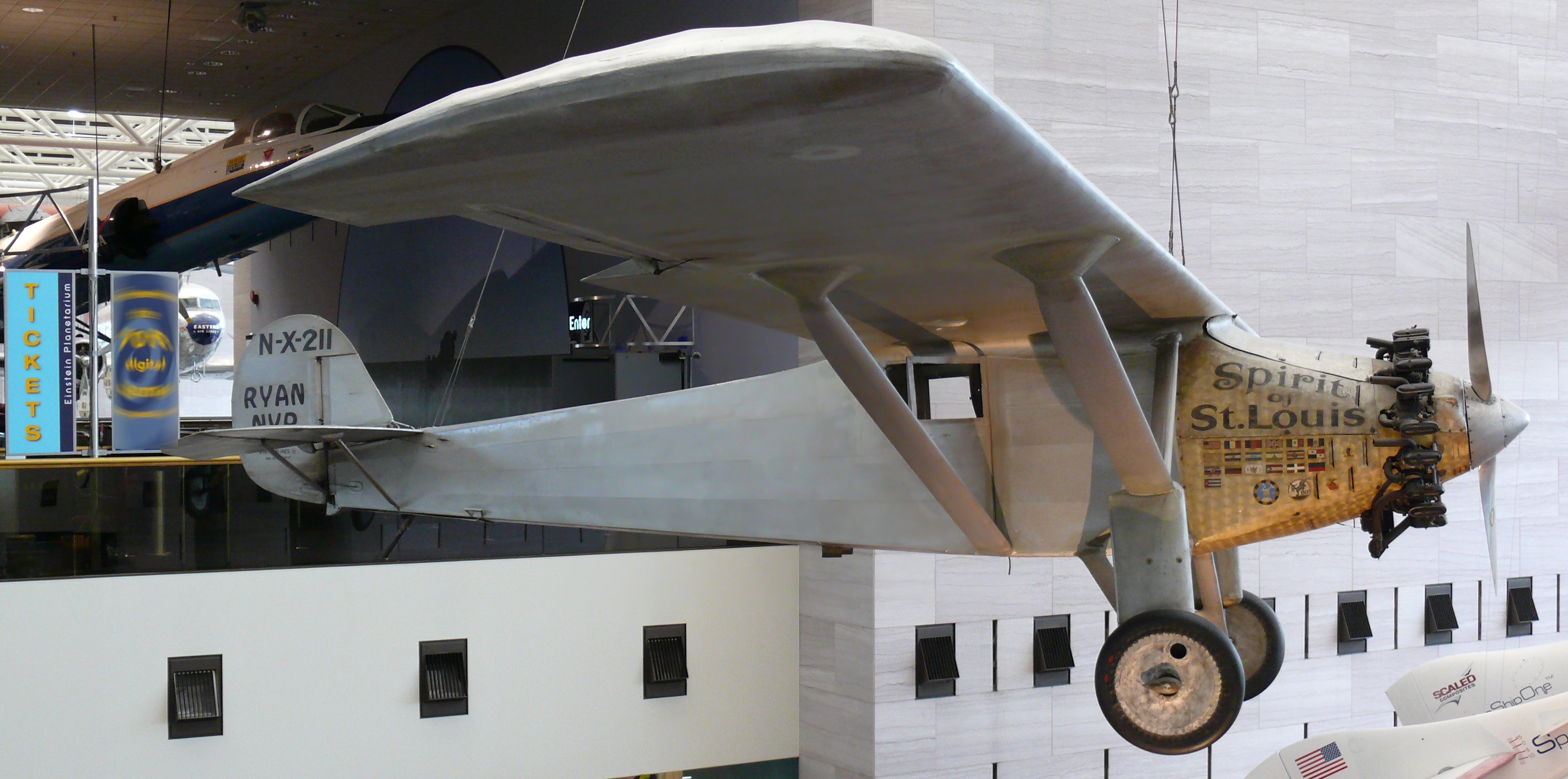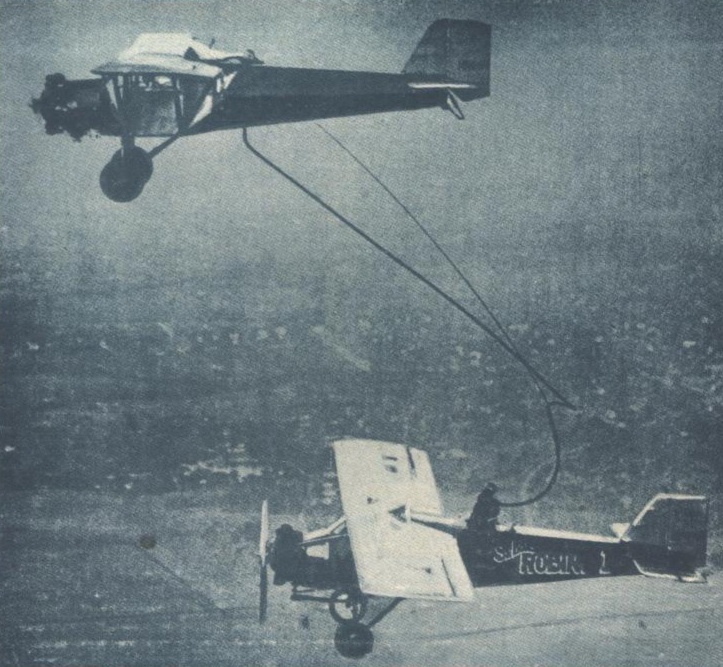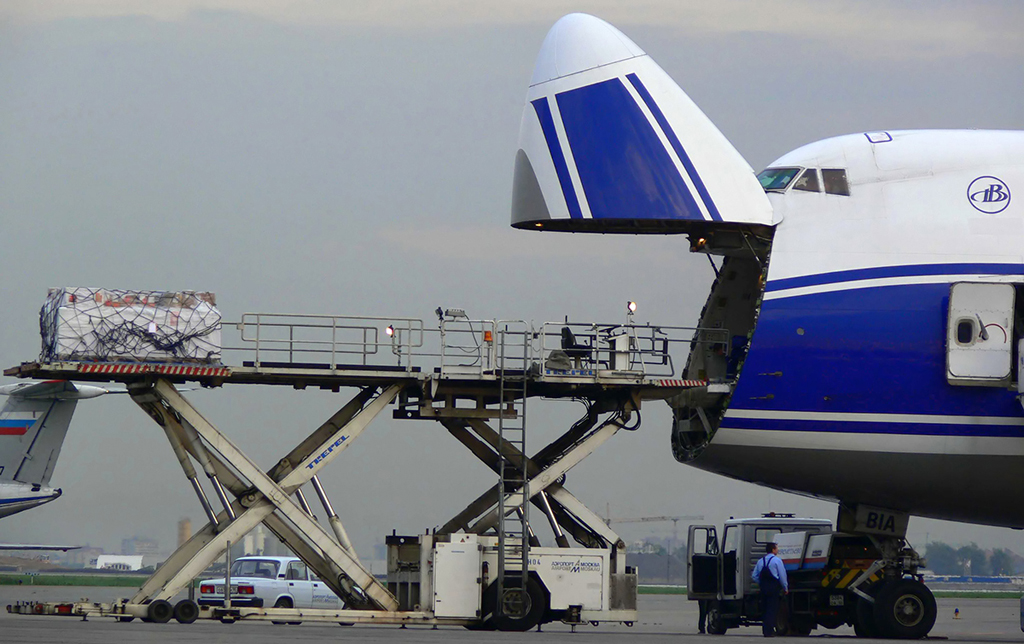|
List Of Aircraft In The Smithsonian Institution
__NOTOC__ The List of aircraft in the Smithsonian Institution includes aircraft exhibited in the Smithsonian Institution's National Air and Space Museum, Steven F. Udvar-Hazy Center, and the Paul E. Garber Preservation, Restoration, and Storage Facility. The Smithsonian Institution's collection of aircraft and spacecraft is the largest on display in the world.Smithsonian National Air and Space Museum Overview ''National Air and Space Museum website''. Accessed 2010-10-29. Aircraft displayed at the National Air and Space Museum 
[...More Info...] [...Related Items...] OR: [Wikipedia] [Google] [Baidu] |
Smithsonian Institution
The Smithsonian Institution ( ), or simply the Smithsonian, is a group of museums and education and research centers, the largest such complex in the world, created by the U.S. government "for the increase and diffusion of knowledge". Founded on August 10, 1846, it operates as a trust instrumentality and is not formally a part of any of the three branches of the federal government. The institution is named after its founding donor, British scientist James Smithson. It was originally organized as the United States National Museum, but that name ceased to exist administratively in 1967. Called "the nation's attic" for its eclectic holdings of 154 million items, the institution's 19 museums, 21 libraries, nine research centers, and zoo include historical and architectural landmarks, mostly located in the District of Columbia. Additional facilities are located in Maryland, New York, and Virginia. More than 200 institutions and museums in 45 states,States without Smithsonian ... [...More Info...] [...Related Items...] OR: [Wikipedia] [Google] [Baidu] |
Beechcraft Model 17 Staggerwing
The Beechcraft Model 17 Staggerwing is an American biplane with an atypical negative wing stagger (the lower wing is farther forward than the upper wing). It first flew in 1932. Development At the height of the Great Depression, aircraft executive Walter H. Beech and airplane designer Ted A. Wells joined forces to collaborate on a project to produce a large, powerful, and fast cabin biplane built specifically for the business executive. The Beechcraft Model 17, popularly known as the "Staggerwing", was first flown on November 4, 1932. During its heyday, it was used as an executive aircraft, much as the private jet is now, and its primary competition were the Waco Custom Cabin and Waco Standard Cabin series of biplanes. The Model 17's unusual negative stagger wing configuration (the upper wing staggered behind the lower) and unique shape maximized pilot visibility and was intended to reduce interference drag between the wings (although it was later found to have negl ... [...More Info...] [...Related Items...] OR: [Wikipedia] [Google] [Baidu] |
Douglas D-558-2 Skyrocket
The Douglas D-558-2 Skyrocket (or D-558-II) is a rocket and jet-powered research supersonic aircraft built by the Douglas Aircraft Company for the United States Navy. On 20 November 1953, shortly before the (17 December) 50th anniversary of powered flight, Scott Crossfield piloted the Skyrocket to Mach 2, or more than 1,290 mph (2076 km/h), the first time an aircraft had exceeded twice the speed of sound. Design and development The "-2" in the aircraft's designation referred to the fact that the Skyrocket was the phase-two version of what had originally been conceived as a three-phase program. The phase-one aircraft, the D-558-1, was jet powered and had straight wings. The third phase, which never came to fruition, would have involved constructing a mock-up of a combat type aircraft embodying the results from the testing of the phase one and two aircraft. The eventual D-558-3 design, which was never built, was for a hypersonic aircraft similar to the North Americ ... [...More Info...] [...Related Items...] OR: [Wikipedia] [Google] [Baidu] |
Douglas A-4 Skyhawk
The Douglas A-4 Skyhawk is a single-seat subsonic carrier-capable light attack aircraft developed for the United States Navy and United States Marine Corps in the early 1950s. The delta-winged, single turbojet engined Skyhawk was designed and produced by Douglas Aircraft Company, and later by McDonnell Douglas. It was originally designated A4D under the U.S. Navy's pre-1962 designation system. The Skyhawk is a relatively light aircraft, with a maximum takeoff weight of , and has a top speed of . The aircraft's five hardpoints support a variety of missiles, bombs, and other munitions. It is capable of carrying a bomb load equivalent to that of a World War II–era Boeing B-17 bomber, and can deliver nuclear weapons using a low-altitude bombing system and a "loft" delivery technique. The A-4 was originally powered by the Wright J65 turbojet engine; from the A-4E onwards, the Pratt & Whitney J52 engine was used. Skyhawks played key roles in the Vietnam War, the Yom Kippur ... [...More Info...] [...Related Items...] OR: [Wikipedia] [Google] [Baidu] |
Airco DH
The Aircraft Manufacturing Company Limited (Airco) was an early United Kingdom, British aircraft manufacturer. Established during 1912, it grew rapidly during the First World War, referring to itself as the largest aircraft company in the world by 1918. Airco produced many thousands of aircraft for both the British and Allied military air wings throughout the war, including fighter aircraft, fighters, trainer aircraft, trainers and medium bomber, bombers. The majority of the company's aircraft were designed in-house by Airco's chief designer Geoffrey de Havilland. Airco established the first airline in the United Kingdom, Aircraft Transport and Travel Limited, which operated as a subsidiary of Airco. On 25 August 1919, it commenced the world's first regular daily international service. Following the end of the war, the company's fortunes rapidly turned sour. The interwar period was unfavourable for aircraft manufacturers largely due to a glut of surplus aircraft from the war ... [...More Info...] [...Related Items...] OR: [Wikipedia] [Google] [Baidu] |
Curtiss Robin
The Curtiss Robin, introduced in 1928, was a high-wing monoplane built by the Curtiss-Robertson Airplane Manufacturing Company. The J-1 version was flown by Wrongway Corrigan who crossed the Atlantic after being refused permission. Design The Robin, a workmanlike cabin monoplane, had a wooden wing and steel tubing fuselage. The cabin accommodated three persons; two passengers were seated side-by-side behind the pilot. Early Robins were distinguished by large flat fairings over the parallel diagonal wing bracing struts; the fairings were abandoned on later versions, having been found to be ineffective in creating lift. The original landing gear had bungee rubber cord shock absorbers, later replaced by an oleo-pneumatic system; a number of Robins had twin floats added. Variants of the Robin were fitted with engines which developed . Operational history A single modified Robin (with a Warner R-420-1) was used by the United States Army Air Corps, and designated the ''XC-10''. T ... [...More Info...] [...Related Items...] OR: [Wikipedia] [Google] [Baidu] |
Curtiss R3C
The Curtiss R3C is an American racing aircraft built in landplane and floatplane form. It was a single-seat biplane built by the Curtiss Aeroplane and Motor Company. The R3C-1Also given the "paper" designation F3C as fighters in the US Navy designation system: Swanborough and Bowers 1976, p.127. was the landplane version and Cyrus Bettis won the Pulitzer Trophy Race in one on 12 October 1925 with a speed of 248.9 mph (406.5 km/h). The R3C-2 was a twin float seaplane built for the Schneider Trophy race. In 1925, it took place at Chesapeake Bay in Baltimore, Maryland. With 232.57 mph (374.274 km/h), pilot Jimmy Doolittle won the trophy with a Curtiss R3C-2. The other two R3C-2s, piloted by George Cuddihy and Ralph Oftsie, did not reach the finish line. The next day, with the same plane on a straight course, Doolittle reached 245.7 mph (395.4 km/h), a new world record. For the next Schneider Trophy, which took place on 13 November 1926, the R3C-2's en ... [...More Info...] [...Related Items...] OR: [Wikipedia] [Google] [Baidu] |
Curtiss Model D
The 1911 Curtiss Model D (or frequently "Curtiss Pusher") was an early United States pusher aircraft with the engine and propeller behind the pilot's seat. It was among the first aircraft in the world to be built in any quantity, during an era of trial-and-error development and equally important parallel technical development in internal combustion engine technologies. It was also the aircraft type which made the first takeoff from the deck of a ship (flown by Eugene B. Ely off the deck of on November 14, 1910, near Hampton Roads, Virginia) and made the first landing aboard a ship () on January 18, 1911, near San Francisco, California. It was originally fitted with a foreplane for pitch control, but this was dispensed with when it was accidentally discovered to be unnecessary. The new version without the foreplane was known as the Headless Pusher. Like all Curtiss designs, the aircraft used ailerons, which first existed on a Curtiss-designed airframe as quadruple "wing-tip" ... [...More Info...] [...Related Items...] OR: [Wikipedia] [Google] [Baidu] |
Boeing X-45A
The Boeing X-45 unmanned combat air vehicle is a concept demonstrator for a next generation of completely autonomous military aircraft, developed by Boeing's Phantom Works. Manufactured by Boeing Integrated Defense Systems, the X-45 was a part of DARPA's J-UCAS project. Development Boeing developed the X-45 from research gathered during the development of the Bird of Prey. The X-45 features an extremely low-profile dorsal intake placed near the leading edge of the aircraft. The center fuselage is blended into a swept lambda wing, with a small exhaust outlet. It has no vertical control surfaces — split ailerons near each wingtip function as asymmetric air brakes, providing rudder control, much as in Northrop's flying wings. Removing the pilot and its associated facilities from the aircraft dramatically reduces the aircraft's cost. Ground-based pilots execute the higher level decisions, but the mechanical flying of the aircraft is autonomous. Variants X-45A Boeing built t ... [...More Info...] [...Related Items...] OR: [Wikipedia] [Google] [Baidu] |
Boeing P-12
The Boeing P-12/F4B was an American pursuit aircraft that was operated by the United States Army Air Corps , United States Marine Corps, and United States Navy. Design and development Developed as a private venture to replace the Boeing F2B and F3B with the United States Navy, the Boeing Model 99 first flew on 25 June 1928. The new aircraft was smaller, lighter and more agile than the ones it replaced but still used the Wasp engine of the F3B. This resulted in a higher top speed and overall better performance. As result of Navy evaluation 27 were ordered as the F4B-1; later evaluation by the United States Army Air Corps resulted in orders with the designation P-12. Boeing supplied the USAAC with 366 P-12s between 1929 and 1932. Production of all variants totaled 586. F4B-1 (Boeing Model 99) The F4B-1 was built using typical construction techniques of the day with a welded truss fuselage with formers and longerons to define the aerodynamic shape. Wings were of wood construct ... [...More Info...] [...Related Items...] OR: [Wikipedia] [Google] [Baidu] |
Boeing 747
The Boeing 747 is a large, long-range wide-body airliner designed and manufactured by Boeing Commercial Airplanes in the United States between 1968 and 2022. After introducing the 707 in October 1958, Pan Am wanted a jet times its size, to reduce its seat cost by 30%. In 1965, Joe Sutter left the 737 development program to design the 747, the first twin-aisle airliner. In April 1966, Pan Am ordered 25 Boeing 747-100 aircraft and in late 1966, Pratt & Whitney agreed to develop the JT9D engine, a high-bypass turbofan. On September 30, 1968, the first 747 was rolled out of the custom-built Everett Plant, the world's largest building by volume. The first flight took place on February 9, 1969, and the 747 was certified in December of that year. It entered service with Pan Am on January 22, 1970. The 747 was the first airplane dubbed "Jumbo Jet", the first wide-body airliner. The 747 is a four-engined jet aircraft, initially powered by Pratt & Whitney JT9D turbofan engin ... [...More Info...] [...Related Items...] OR: [Wikipedia] [Google] [Baidu] |
Boeing 247D
The Boeing Model 247 is an early United States airliner, and one of the first such aircraft to incorporate advances such as all-metal (anodized aluminum) semimonocoque construction, a fully cantilevered wing, and retractable landing gear."Model 247 Commercial Transport." ''boeing.com,'' 2009. Retrieved: June 14, 2010. Other advanced features included control surface s, an and de-icing boots for the wings and |










